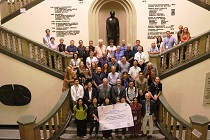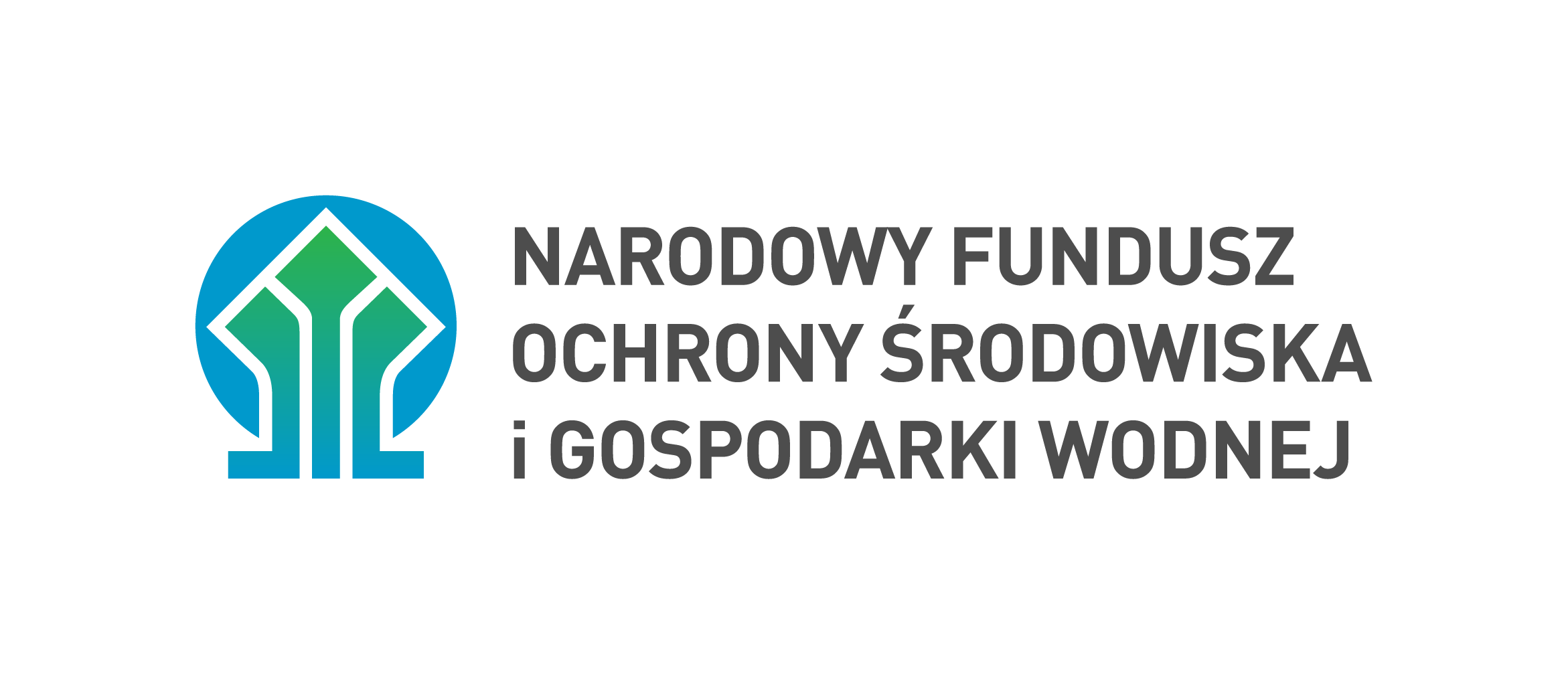 Employees of the Polish Geological Institute - NRI took part in the event titled “Second Symposium of IGC710 Project - Western Tethys meets Eastern Tethys”, organized from August 28 to September 3, 2023 by the AGH University of Science and Technology in Kraków. The meeting was focused on documenting the processes and phenomena surrounding one of the major stages of geotectonic and paleogeographic reorganization on Earth, which also affected the current distribution of land and oceans.
Employees of the Polish Geological Institute - NRI took part in the event titled “Second Symposium of IGC710 Project - Western Tethys meets Eastern Tethys”, organized from August 28 to September 3, 2023 by the AGH University of Science and Technology in Kraków. The meeting was focused on documenting the processes and phenomena surrounding one of the major stages of geotectonic and paleogeographic reorganization on Earth, which also affected the current distribution of land and oceans.
The symposium was divided into two parts - a plenary and a field session. During the first part, Andrzej Szydło, PhD, of the Carpathian Branch of the PGI - NRI in Kraków gave a lecture entitled “Foraminifers from the early basin of the Polish Outer Carpathians: relationship with the Western and Eastern Tethys (Tithonian)”.
The author of the poster entitled “The earliest Cretaceous carbonate platform destroyed by volcanism from the Ukrainian/Romanian Carpathians – reconstruction based on microfacies” was Jolanta Iwańczuk from the Regional Geology Department of the PGI - NRI, who also took part in a field trip to present the Mesozoic-Cenozoic sediments of the Polish, Slovak and Czech Carpathians as part of the Alpine orogeny, constituting a record of the development of the prehistoric Tethys ocean.

Participants of the “Second Symposium of IGC10 Project - Western Tethys meets Eastern Tethys”
Jolanta Iwańczuk, PhD, presented issues from the Ukrainian-Romanian borderland. Microfacies data allowed for the reconstruction of the paleoenvironment, i.e. the carbonate platform, which probably formed on the slopes of an underwater volcano.
“Based on macro- and micro-observations, it was possible to reconstruct the lagoon together with a barrier of oolitic sandbanks and coral mounds. The fossil record preserved to this day is unique and points to a volcanic eruption that destroyed the carbonate platform along with the lagoon and coral reefs. Thanks to the presence of a few calpionelli, I know that the event took place during the Berriasian age,” explains J. Iwańczuk.
The presentation of Andrzej Szydło, PhD, concerned micropaleontological studies of the oldest sedimentary rocks of the Polish Outer Carpathians occurring in the Polish-Czech borderland. The early development of the West Carpathian Basin at the end of the Jurassic (Tithonian) and its relationship with the Tethys Ocean is presented on the basis of boreholes.
“It has become apparent that the Late Jurassic stage of the history of this marginal area located on the border of the Tethys and Borel Provinces documents, in addition to the dominant calcareous and agglutinating benthos, early plankton, which until recently was only known from sections present in blocks of calcareous rocks appearing in the differentiated sediments of the Outer Carpathian “flysch”. The borehole microfauna relates to the fossil biocoenoses known from the western part of the aforementioned oceanic area, as well as adjacent platform areas that collapsed and disintegrated during its transformation and eastward expansion. In the process, their fragments were incorporated into the structures of the North Tethys Basin, contributing to the diversification of deposition environments, or, as a result of progressive destruction, became a source of redeposited carbonate material, including partially documented borers.” - explains A. Szydło, PhD.
Text: dr Andrzej Szydło
Photo: Zbigniew Ziarek















 PGI-NRI offer
PGI-NRI offer Mineral resources of Poland
Mineral resources of Poland  Oil and Gas in Poland
Oil and Gas in Poland 




 Subscribe to RSS Feed
Subscribe to RSS Feed